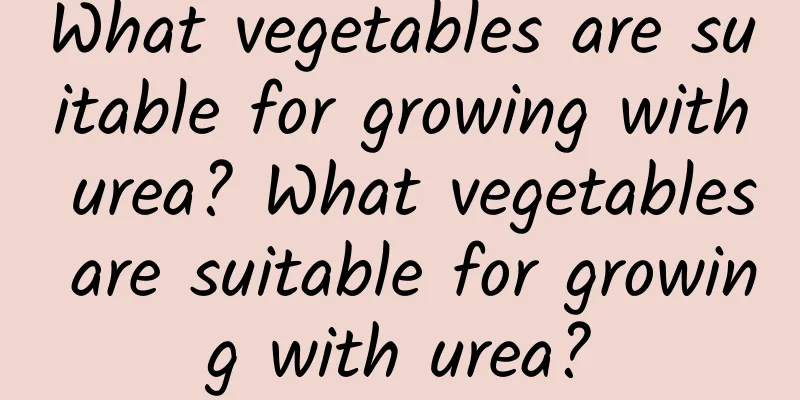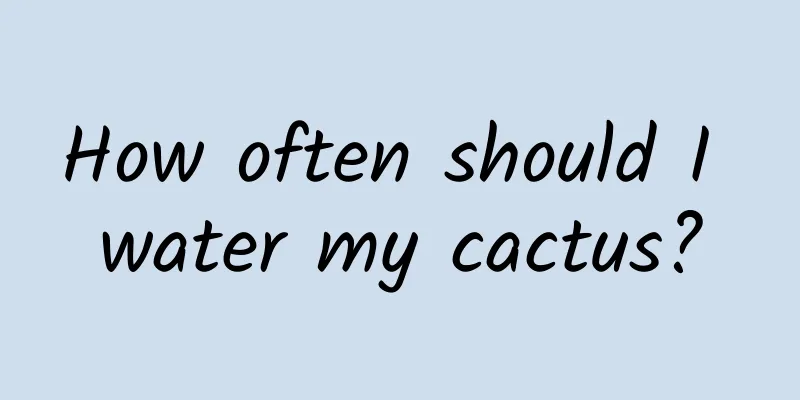What vegetables are suitable for growing with urea? What vegetables are suitable for growing with urea?

|
Urea is an amide nitrogen fertilizer. It must be hydrolyzed into ammonium nitrogen before it can be used by plants when applied to the soil. In the winter when the temperature is low, its fertilizer effect is slower than that of ammonium nitrogen fertilizer, but it is safer and suitable for growing a variety of vegetables, including corn, cabbage, eggplant, cucumber, pepper, garlic and other vegetables. 1. Cabbage Cabbage is a very common vegetable. Its environmental requirements are a suitable temperature difference between day and night, a cool and humid climate, and autumn has clear and cool weather with a better temperature difference between day and night. It is usually planted in spring and autumn. It is a fertilizer-loving plant and urea can be applied during its growth period. 2. Cucumber Urea is suitable for growing cucumbers. It is usually planted in spring and begins to mature in summer. It is rich in nutrients such as vitamin C and E. It can clear away heat and detoxify, lose weight and strengthen the body. It is best eaten in summer. 3. Chili Urea can also be applied during the growth period of peppers to supplement nutrients and promote growth. Peppers are also divided into many varieties and can basically be planted all year round. The yield is highest in spring and summer, and the soil needs to be kept moist during planting. 4. Garlic Urea can be applied during the growth period of garlic. It is one of the easiest vegetables to grow. Buy fresh, plump garlic cloves in the market and insert them directly into the prepared soil. Remember to water it and provide additional light. Garlic sprouts will soon grow and be harvested. Key points of growing vegetables with urea1. Usage: Urea is volatile and cannot be directly spread. The effect of flushing with water is not very good. It can be deeply applied or dissolved in water and then applied with drip irrigation. 2. Usage time: If you want to use urea mixed with water to water vegetables, it is best to do it every 4-7 days. When watering, you can pour it into the roots of the vegetables to allow the plants to absorb sufficient nutrients and grow more vigorously. 3. Note: Urea contains a small amount of biuret, which is toxic to plant seedlings or seeds. Therefore, it is best not to apply urea to the plants during these two stages, otherwise it will cause the death of the plants. |
<<: What vegetables are suitable for growing on the shady side of the courtyard?
>>: Xiamen University’s opening ceremony uses mineral water instead of water for new students!
Recommend
Cultivation and pruning of purple-leafed spider plant
Purple-leafed spider plant is also called hanging...
Planting, management and fertilization of loquat trees
Loquat is a common variety in the fruit market. W...
Phalaenopsis cultivation methods and precautions
1. Soil Phalaenopsis cannot be grown in soil. The...
What is the reason why asparagus fern leaves turn yellow? what to do?
Asparagus fern is a relatively elegant foliage pl...
She doesn’t like growing flowers, but she likes growing melons and vegetables. Her vegetable garden is even more beautiful than yours!
These fruits and vegetables can climb the wall Ma...
What fertilizer should be applied to osmanthus trees?
Sweet osmanthus is one of the top ten famous flow...
How to propagate lilac by cuttings, when to propagate lilac by cuttings
1. Cut branches The branches chosen for lilac can...
What is the best month to plant watermelon seedlings?
When to plant watermelon seedlings Watermelon see...
How to propagate pepper tree
1. Planting There are some disadvantages to propa...
Cultivation methods and precautions of blue snowflakes
Blue snow flower is a very beautiful flower . Its...
How to survive the winter when lucky bamboo grows in water? How to save lucky bamboo from drying up in winter
1. How to spend the winter 1. Suitable temperatur...
How to treat and prevent powdery mildew
1. How to treat powdery mildew 1. How to identify...
Can Schefflera pruning survive? How to propagate the pruned branches?
Can Schefflera prunings be transplanted? The cutt...
Cucumber seedling raising time and method
As the weather gets warmer and the rainfall incre...
How to water Ji Qiuli and how to grow it to make it bloom
1. Watering method Water it in moderation, just e...









